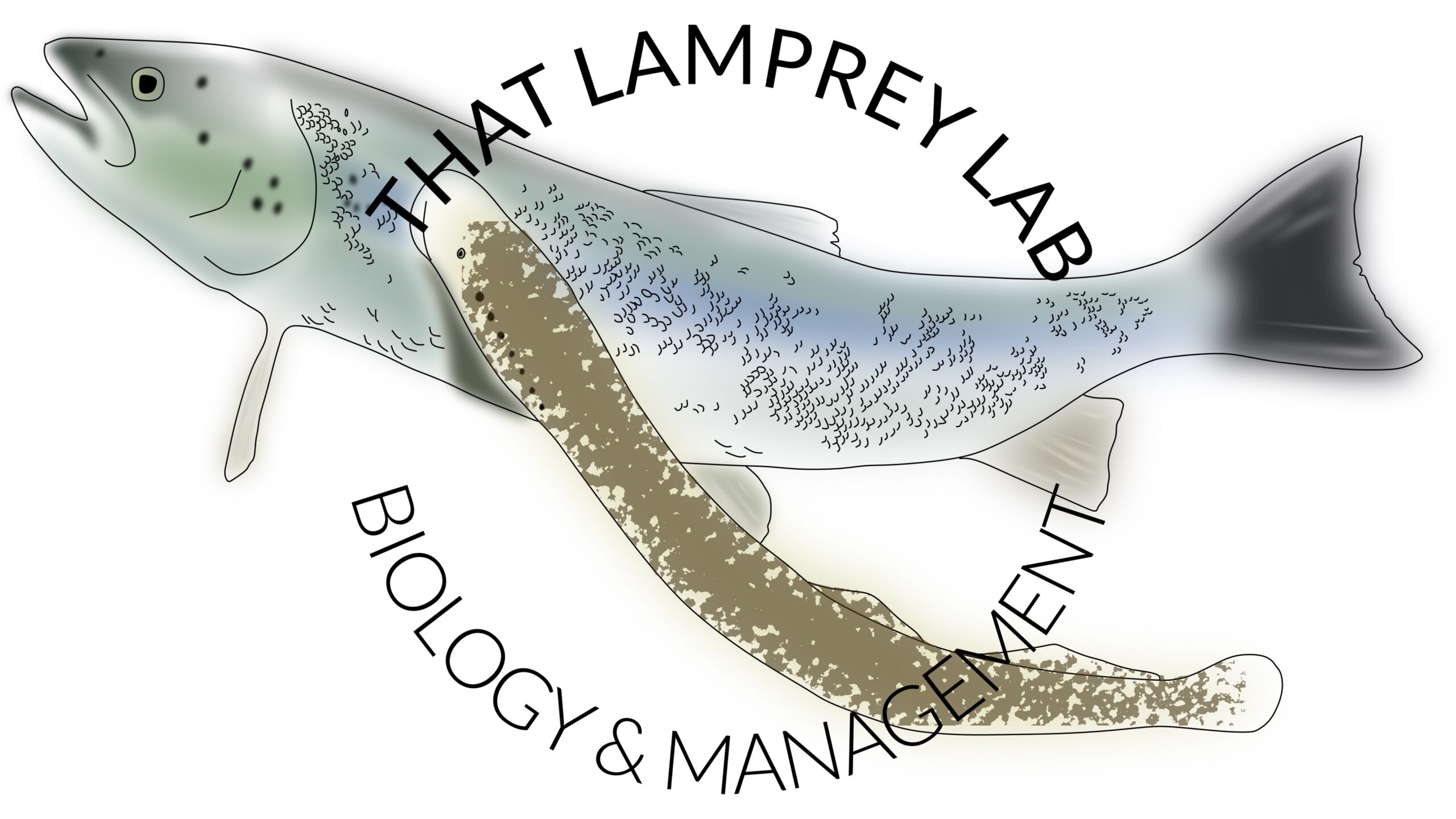2025
Lewandoski, S.A., Robinson, K.F., Brendan, T.O., Booth R., Hrodey, P., Hume, J.B., Pratt, T.C., Scott, A.M., Symbal, M., Wagner, C.M., Johnson, N.S.
Decision analysis of integrated pest management: a case study on invasive sea lamprey in the Great Lakes Basin Journal Article
In: Journal of Environmental Management, vol. 373, no. 12366, 2025.
Abstract | Links | BibTeX | Tags: control, model, sea lamprey
@article{nokey,
title = {Decision analysis of integrated pest management: a case study on invasive sea lamprey in the Great Lakes Basin},
author = {Lewandoski, S.A., Robinson, K.F., Brendan, T.O., Booth R., Hrodey, P., Hume, J.B., Pratt, T.C., Scott, A.M., Symbal, M., Wagner, C.M., Johnson, N.S. },
url = {https://doi.org/10.1016/j.jenvman.2024.123666},
year = {2025},
date = {2025-01-01},
urldate = {2025-01-01},
journal = {Journal of Environmental Management},
volume = {373},
number = {12366},
abstract = {Integrated Pest Management (IPM) provides a powerful framework for addressing threats to human well-being
caused by nuisance species including invasives. We examined the hypothesis that adaptive management could
erode barriers to IPM implementation by developing a decision-analytic adaptive management framework for
invasive sea lamprey (Petromyzon marinus) IPM in the Laurentian Great Lakes of North America. The framework
addressed objectives associated with coordinating multiple sea lamprey control actions at the regional scale and
objectives associated with internal validity of control actions. We reduced the scope of possible management
actions by orders of magnitude to the set of 6432 alternatives expected to be both socially acceptable and
technically feasible. Using utility theory, we identified the management actions that optimized expected utility
for all possible objective weighting schemes that considered tradeoffs between maximizing learning about
control tactic efficacy and minimizing cost to the IPM program. Sensitivity analyses revealed that assumptions
about the social acceptability of deploying electric weirs to control invasive sea lamprey influenced selection of
the optimal control action, suggesting that resolving this source of uncertainty through iterative application of
the framework may lead to improved sea lamprey control outcomes. Overall, we found that adaptive management
enabled learning processes useful for overcoming barriers to IPM of invasive sea lamprey. It formalized
learning about sea lamprey control tactic efficacy as an objective of the IPM institution, questioned previously
held assumptions about what constitutes a viable control strategy, and enabled a management experiment with
temporal and spatial replication.},
keywords = {control, model, sea lamprey},
pubstate = {published},
tppubtype = {article}
}
Integrated Pest Management (IPM) provides a powerful framework for addressing threats to human well-being
caused by nuisance species including invasives. We examined the hypothesis that adaptive management could
erode barriers to IPM implementation by developing a decision-analytic adaptive management framework for
invasive sea lamprey (Petromyzon marinus) IPM in the Laurentian Great Lakes of North America. The framework
addressed objectives associated with coordinating multiple sea lamprey control actions at the regional scale and
objectives associated with internal validity of control actions. We reduced the scope of possible management
actions by orders of magnitude to the set of 6432 alternatives expected to be both socially acceptable and
technically feasible. Using utility theory, we identified the management actions that optimized expected utility
for all possible objective weighting schemes that considered tradeoffs between maximizing learning about
control tactic efficacy and minimizing cost to the IPM program. Sensitivity analyses revealed that assumptions
about the social acceptability of deploying electric weirs to control invasive sea lamprey influenced selection of
the optimal control action, suggesting that resolving this source of uncertainty through iterative application of
the framework may lead to improved sea lamprey control outcomes. Overall, we found that adaptive management
enabled learning processes useful for overcoming barriers to IPM of invasive sea lamprey. It formalized
learning about sea lamprey control tactic efficacy as an objective of the IPM institution, questioned previously
held assumptions about what constitutes a viable control strategy, and enabled a management experiment with
temporal and spatial replication.
caused by nuisance species including invasives. We examined the hypothesis that adaptive management could
erode barriers to IPM implementation by developing a decision-analytic adaptive management framework for
invasive sea lamprey (Petromyzon marinus) IPM in the Laurentian Great Lakes of North America. The framework
addressed objectives associated with coordinating multiple sea lamprey control actions at the regional scale and
objectives associated with internal validity of control actions. We reduced the scope of possible management
actions by orders of magnitude to the set of 6432 alternatives expected to be both socially acceptable and
technically feasible. Using utility theory, we identified the management actions that optimized expected utility
for all possible objective weighting schemes that considered tradeoffs between maximizing learning about
control tactic efficacy and minimizing cost to the IPM program. Sensitivity analyses revealed that assumptions
about the social acceptability of deploying electric weirs to control invasive sea lamprey influenced selection of
the optimal control action, suggesting that resolving this source of uncertainty through iterative application of
the framework may lead to improved sea lamprey control outcomes. Overall, we found that adaptive management
enabled learning processes useful for overcoming barriers to IPM of invasive sea lamprey. It formalized
learning about sea lamprey control tactic efficacy as an objective of the IPM institution, questioned previously
held assumptions about what constitutes a viable control strategy, and enabled a management experiment with
temporal and spatial replication.
